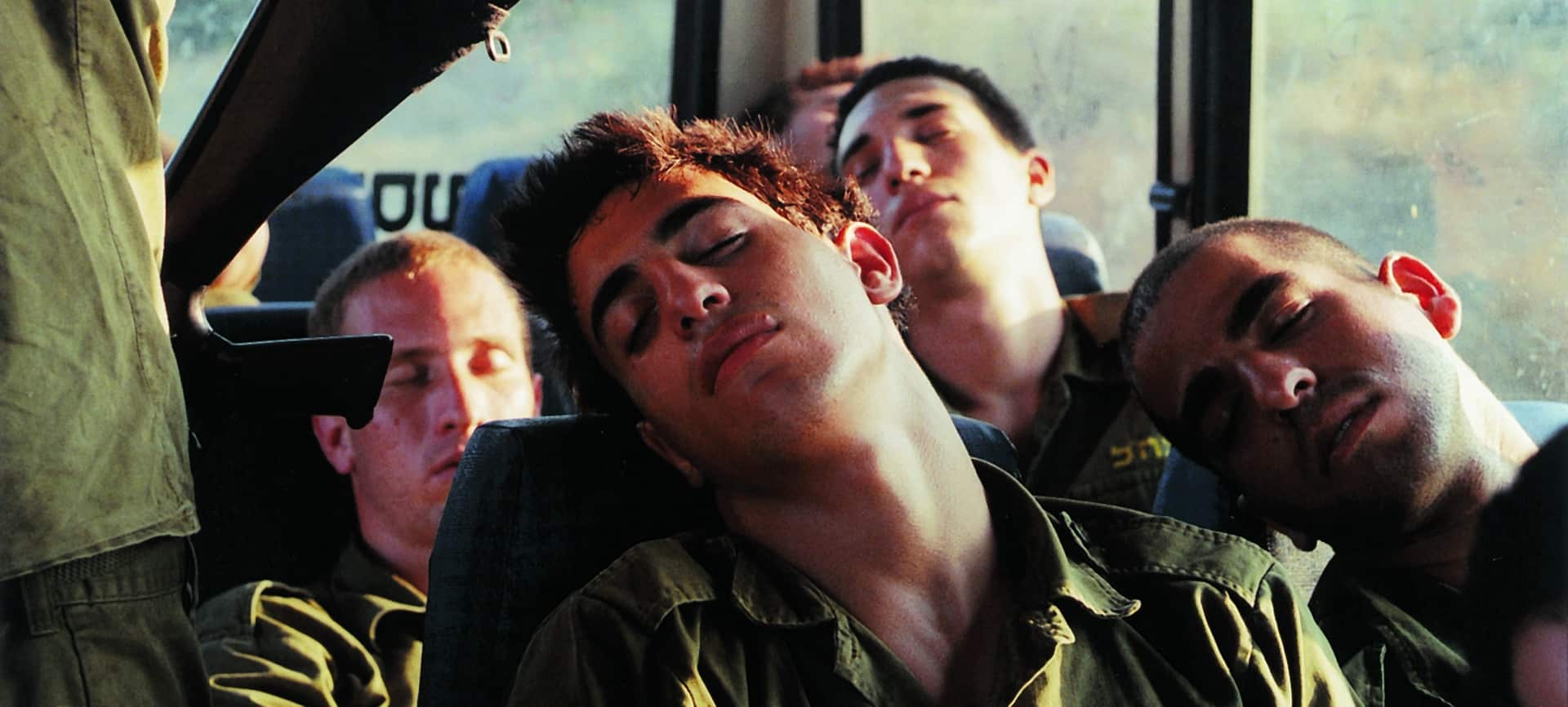Originally planned for the 2020 Rencontres de la photographie d’Arles, the exhibition entitled “Masculinities: Liberation through Photography”, focused on social gender constructs, takes over La Mécanique Générale.

You’re getting blind.
Don’t miss the best of visual arts. Subscribe for $9 per month or $108 $90 per year.
Already suscribed ?



